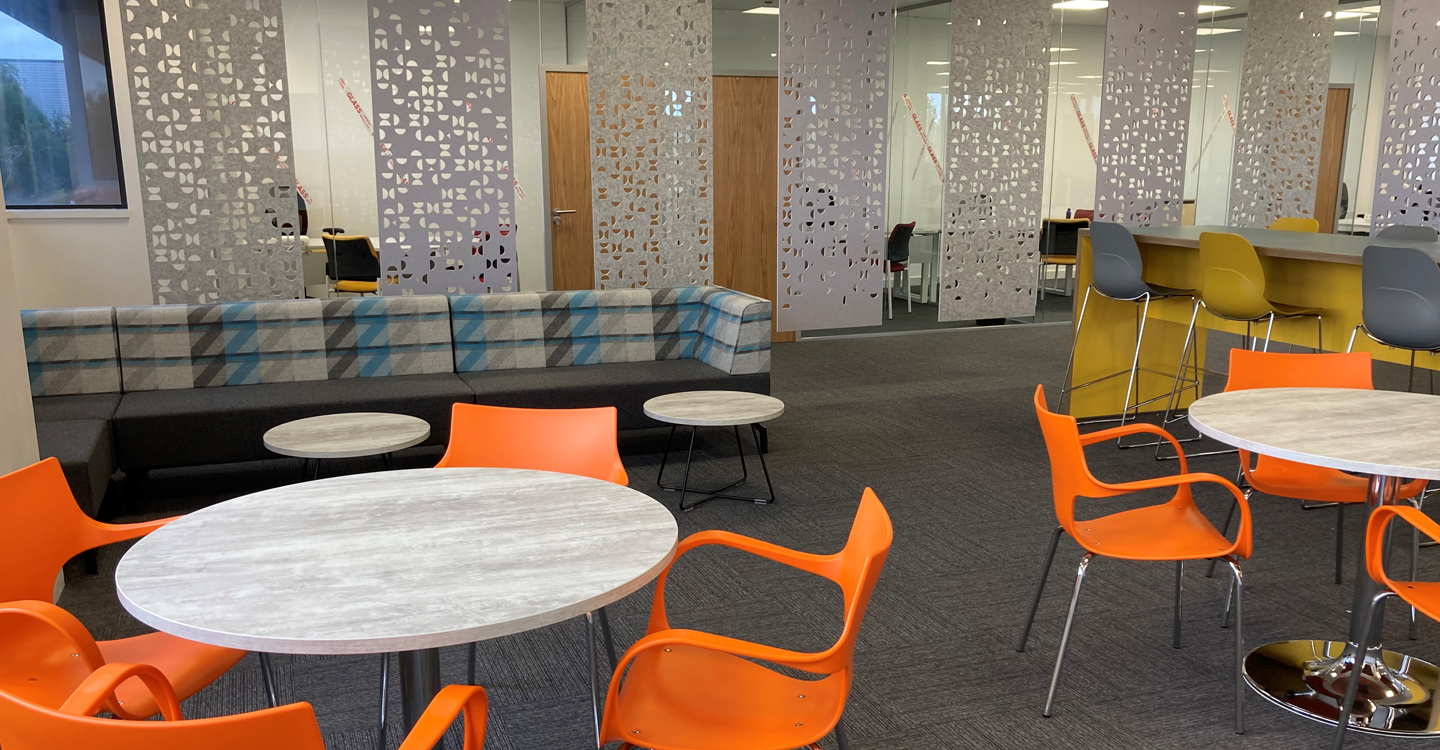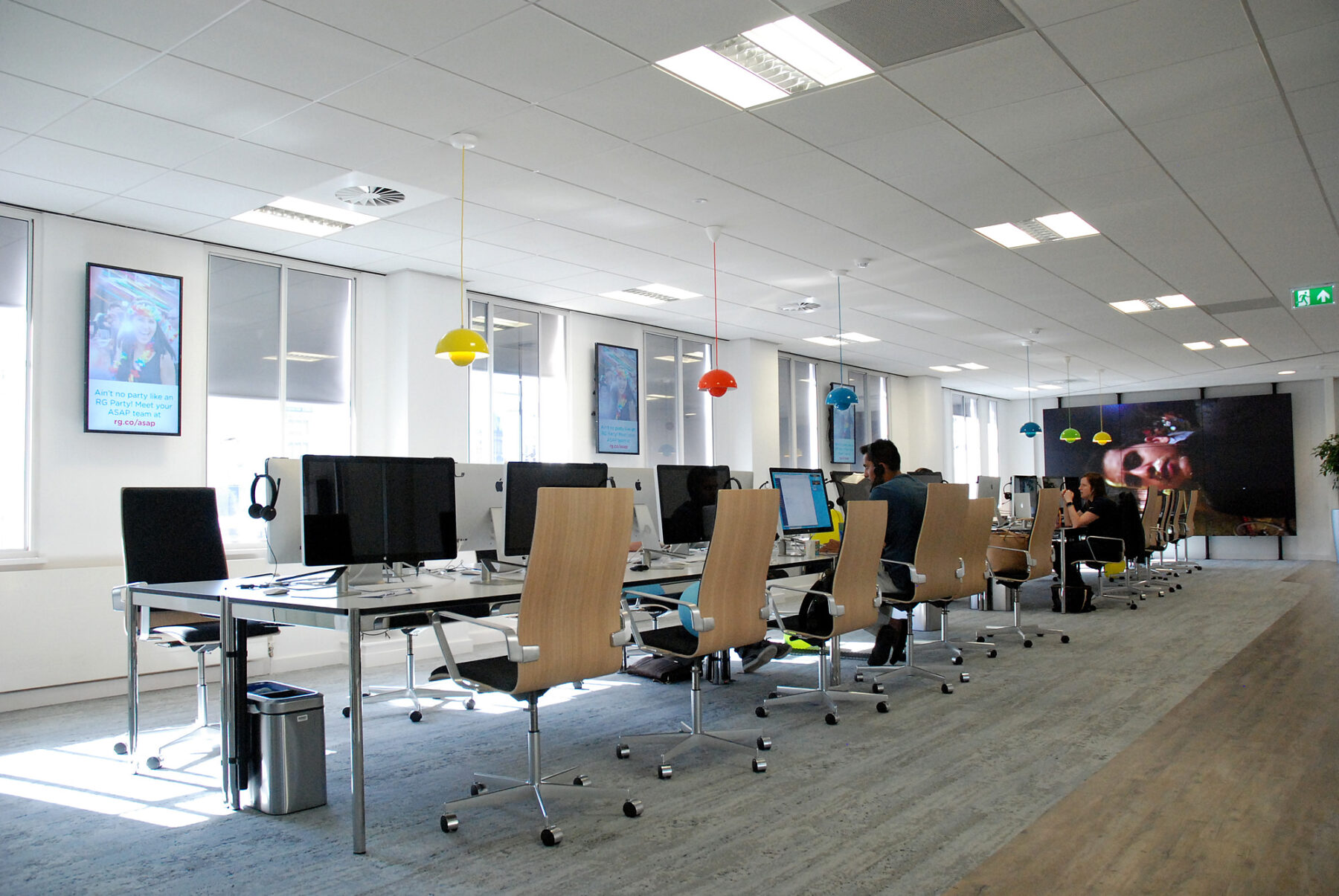The average office worker receives upwards of 120 emails a day and are expected to remain perpetually connected, a quiet revolution is taking place in modern workplaces: the rise of digital detox zones.
These purpose-built, tech-free spaces are being introduced by forward-thinking companies looking to combat the negative effects of digital overload.
From reduced productivity to increased stress and burnout, the consequences of constant connectivity are well-documented.
As the lines between work and personal life blur in our hyperconnected world, digital detox zones offer a welcome pause, a physical and mental breather designed to improve focus, wellbeing and overall job satisfaction.
What Is a Digital Detox Zone?
At its core, a digital detox zone is a designated space within an office where phones, laptops and other electronic devices are not allowed. These areas are typically designed to encourage relaxation, reflection and face-to-face interaction.
Think soft lighting, comfortable seating, indoor plants, calming colour palettes and a strict no-screens policy.
Some are meditation rooms or quiet libraries. Others double as creative thinking areas where employees can step away from notifications and allow their minds to wander.
What unites them is their purpose: to give people a chance to disconnect from tech and reconnect with themselves or others.
Why Are They Gaining Traction?
The surge in remote and hybrid work since the pandemic has increased our reliance on digital communication tools.
While these platforms enable collaboration, they also bring with them a relentless stream of messages, pings and pop-ups that can fracture attention and increase anxiety.
In this context, digital detox zones are not a luxury – they’re becoming a necessity.
Businesses are beginning to understand that productivity isn’t about being “always on.”
Studies show that frequent digital interruptions negatively impact concentration and can lead to decision fatigue. By encouraging breaks from screens, employers can help staff reset and return to work more focused and energised.
Moreover, digital detox zones align with the growing emphasis on workplace wellbeing.
Mental health is no longer a taboo subject, and organisations are investing in initiatives that foster a healthier, more human work environment.
Real-World Examples
Major firms including Google have experimented with tech-free spaces.
Some have installed nap pods, while others have gone further – creating nature-inspired quiet zones complete with water features and greenery to encourage mindfulness and reflection.
Start-ups and co-working spaces are also embracing the trend, building phone-free lounges or “unplug corners” where team members can relax, brainstorm or simply breathe without being bombarded by digital noise.
A Step Towards Balance
Digital detox zones won’t replace technology in the workplace, nor are they meant to. Instead, they offer a vital counterbalance – a place where creativity, focus and mental health are prioritised over constant digital engagement.
As businesses continue to wrestle with burnout, retention challenges and employee disengagement, these zones may well become an essential feature of the modern office.
In an era defined by distraction, the ability to unplug, even briefly, is becoming one of the most valuable workplace perks.




